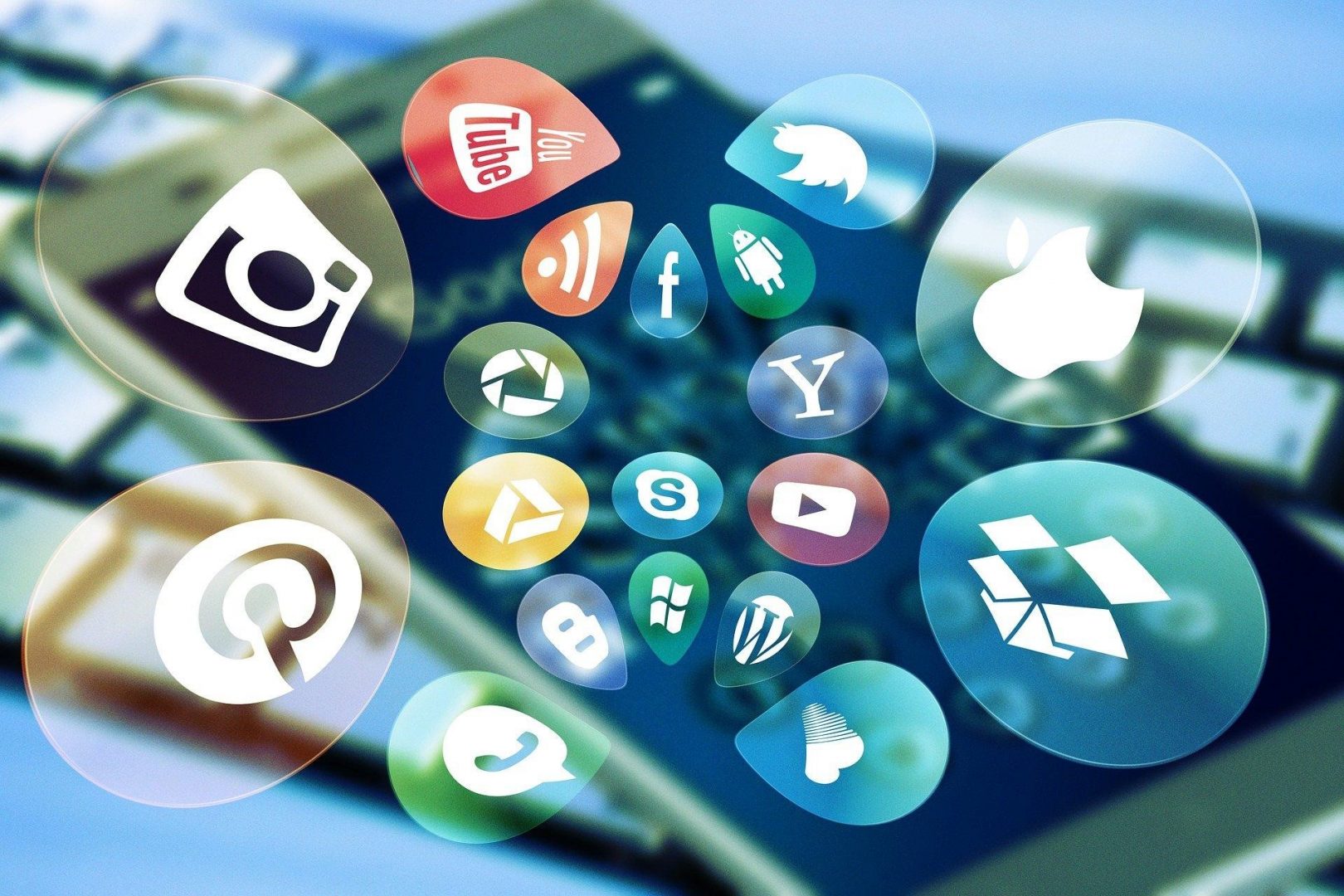Mobile device threats applications have the most significant revenues for many businesses. The revenue for these apps will be around $693 billion in 2021. However, it is projected to increase to $935 billion in 2023. Despite this, this increase in growth comes at the threat of cyber attacks, so the security of these apps is fundamental.
According to research, 97% of the organizations have faced mobile-related attacks, and 46% of the employees are downloading at least one malicious app. Due to this, many concerns have arisen regarding businesses using their data security to interact with brands and for many different purposes. It is essential to identify the common threats that the brands face concerning mobile security app.
Mobile devices face network attacks:
Many organizations have faced mobile malware attacks since last year. There are 93% of the devices networks faced these attacks. Some of the most common types of these malicious network traffic from mobile devices include:
- Phishing messages that have been designed to steal the credentials (52%)
- Command and control traffic from the malware on a device (25%)
- Browsing to infected websites or URLs (23%)
Malicious mobile security apps are a massive threat to the cyber environment. However, with the growth of remote work and bringing your device policy, cybercriminals increasingly mobile device threats. Last year, around half of the companies had experienced a security incident where an employee downloaded a malicious app on their phones. Some of the most common types of these attacks include banking Trojans, mobile remote access Trojans, malware droppers, premium dialers and clickers.
Legitimate apps are vulnerable to attacks:
There is a massive risk of vulnerable mobile apps. However, there is a considerable risk of organizations facing cybersecurity attacks from some legitimate attacks. In 2020, prominent social apps such as Facebook, Instagram and WhatsApp had experienced significant vulnerabilities. Additionally, the Google play Library has many links to the google play store and has a remote code execution vulnerability. About 8% of these google play applications have been exposed to this vulnerability. This is a huge mobile device threat.
Hardware vulnerabilities undermine security:
The mobile security applications running on the mobile devices operate under the assumption that the underlying hardware is secure and operational. Besides that, the checkpoint also found out that around 40% of the mobile devices have underlying hardware vulnerabilities. The low level of vulnerabilities has various impacts on mobile devices and their users that including which are mobile device threat:
- Breaches of the sensitive data (photos, videos, calls and locations etc.)
- Denial of service (DoS) attacks
- Malware installation and persistence
Cybercriminals Exploit Mobile device management:
The mobile device threats management solutions allow organizations to control all the mobile networks within their network centrally. Additionally, it can also be a liability for the organization.
How to protect against mobile threats:
Mobile device threat has not been a priority in the organization in the past, and they have been a priority in corporate security organizations.
1. Malware and spyware:
The malware is short term used for mobile adware. This is a script or program installed on your phones, and it is often downloaded without your consent. This is mainly downloaded on your phones to collect the relevant data from our phones and target ads accordingly. Additionally, malware is known to come attached at the hip of the spyware. Spyware can be defined as collecting data based on our internet usage, transmitted to a third party. Later, the companies buy this data, and they use it to target their ads accordingly. However, seeing most ads is not a worry for the spyware. This is known to collect information about location, internet usage and even your contacts. This creates a massive problem for you and everyone that you know and is a problem a mobile device threat.
2. Viruses and Trojans:
Viruses and Trojans attack your mobile devices. They are usually attached to be legitimate programs. Additionally, they can hijack any mobile phone and mine the information, and it holds or has access to your banking information. Viruses and Trojan have also sent premium text messages that can usually be costly.
3. Drive-by downloads:
Drive-by downloads to any malware installed on a device without your consent. Suppose an individual visits the wrong website or opens a wrong email. In that case, they are likely to be exposed to drive-by downloads that automatically installs a malicious file on your mobile device. This file could be anything from adware, malware, spyware, or something much more critical such as a bot can use your phone and perform many malicious tasks which is also a form of mobile device threat.
4. Browser exploits:
Browser exploits are known for taking advantage of the security flaws in your mobile browser. These exploits also work against many other applications with your browser, such as a PDF reader. If the home page of your mobile browser has changed, this is a massive sign of a browser exploit.
5. Phishing and greywater apps:
In the past, criminals sent emails that appeared to be a part of a trusted source. These emails asked for personal information such as the password, and they hoped that you would trust them enough to respond. Phishing apps are usually designed to resemble real apps, and the small screen of a mobile device makes it look much more difficult to tell any difference. These fake apps generally collect the information inserted, such as passwords, account numbers and many more. These apps are not entirely malicious. However, they put the user at considerable risk and threat to their privacy.
Thus, it is essential for mobile app users to focus on their mobile security and to do you have to keep your software updated. Additionally, you can choose your mobile security, install a firewall, use a passcode on your phone, download the apps from the official app store, and always read the end-user agreement. These are some of the precautions that give the users a sense of safety.









